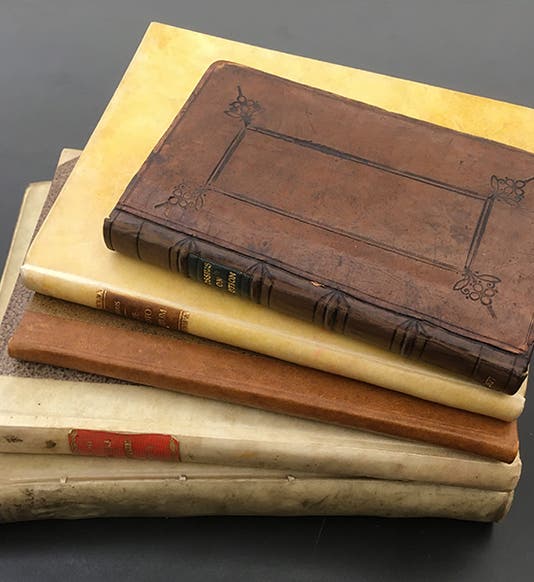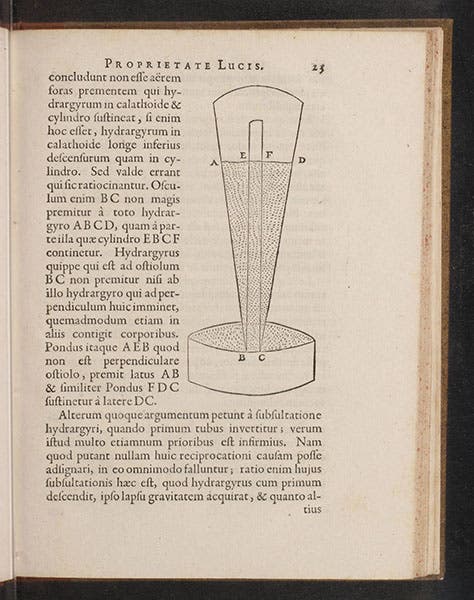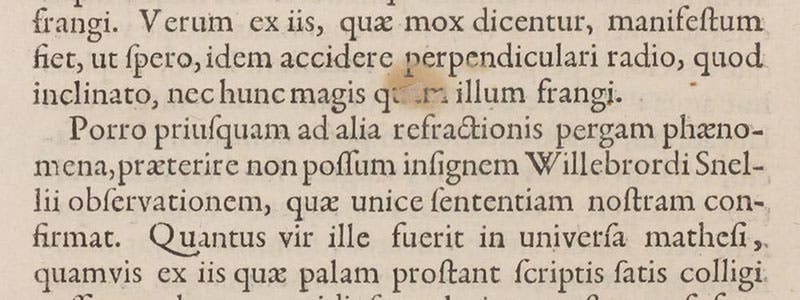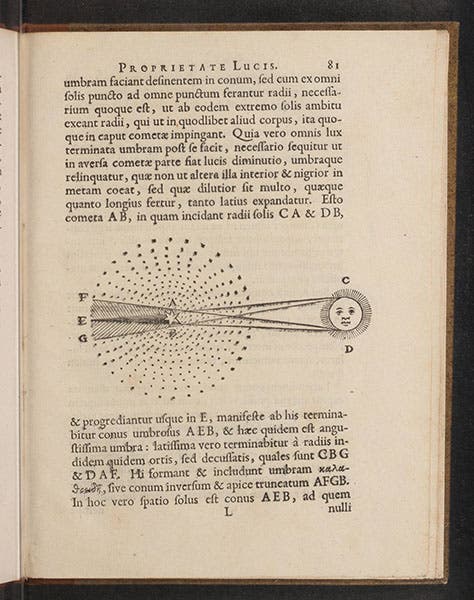Scientist of the Day - Isaac Vossius
Isaac Vossius, a Dutch scholar and natural philosopher, was born Feb. 21, 1618. Vossius started out as a classical scholar (he was the son of the noted humanist Gerardus Joannes Vossius), assembled one of the finest private libraries in Europe, and spent some years as the librarian at the court in Stockholm, upon the invitation of Queen Christina. And then, in 1658, age 40 and back in The Hague, he got interested in the what we often call the “new science”. The natural philosophy of René Descartes was rapidly taking over the Dutch Republic; Vossius, stepping outside the Cartesian circle, began to take issue with Descartes’ belief that everything can be explained by matter in motion, and that a vacuum in nature is impossible. Vossius published a book, De lucis natura et proprietate (On the nature and properties of light, 1662), in which he suggested that light is immaterial, that vacuums exist, and that light can and does move through a vacuum. It has been noticed that his book, openly critical of Descartes, was in fact modeled after Descartes’ La dioptrique (1637), especially in its copious use of diagrams and illustrations, many of which Vossius copied or modified.
Vossius also embraced the experimental and observational emphasis of the new science as practiced by the Royal Society in London and the Academie Royale de Sciences in Paris. He collected microscopes, especially single-lens microscopes, which were a rarity in the days before Antoni van Leeuwenhoek showed what you could do with them. Vossius also acquired a large refracting telescope. He published a book on the motion of the seas and winds in 1663, which aroused enough interest for it to be translated into English in 1677. His new passion for science was rewarded by the Royal Society, which made him a fellow, and by King Louis XIV, who gave him an annual stipend. Vossius was considered, in most of the philosophical arenas of the 1660s, to be the equal of Christiaan Huygens, and perhaps even Descartes himself.
Unfortunately, for all his newly acquired scientific erudition, Vossius had little to show for it. He made no new discoveries, proposed no new explanatory theories that were successful, added little to the store of scientific knowledge, the sole exception being that he discovered that the law of refraction, commonly credited to Descartes at the time, had been formulated 15 years earlier, by Willebrord Snell (fourth image). Honored and sought after in the 1660s, Vossius was forgotten by the 1720s, and he has remained a footnote down to the present day. An attempt to resurrect Vossius was launched in 2007, when a conference was held in the Netherlands to examine his life and career. The conference title was a good one: Between Scholarship and Science: The Wonderful World of Isaac Vossius (1618-1689). The proceedings were published as a book of the same title in 2012.
For those interested in joining the Vossius revival, we would be a good library to visit. We have five of his scientific works, including De lucis natura and De motu marium (both the original Latin edition and the English translation). Since De lucis natura is his only illustrated book, our images today are drawn mostly from it. And since we thought it would be nice to have a visual record of our Vossius Collection, we provided that as well (first image). It would fit nicely on a small end table.
There must be a portrait of Vossius somewhere, but we have not found one. The few in digital circulation that claim to show Isaac actually depict his father, Gerardus Joannes.
Dr. William B. Ashworth, Jr., Consultant for the History of Science, Linda Hall Library and Associate Professor emeritus, Department of History, University of Missouri-Kansas City. Comments or corrections are welcome; please direct to ashworthw@umkc.edu.










